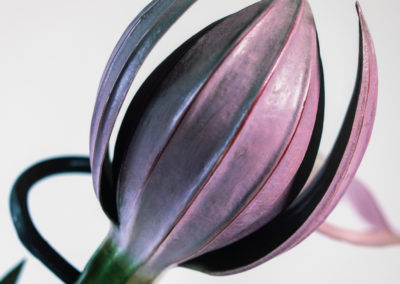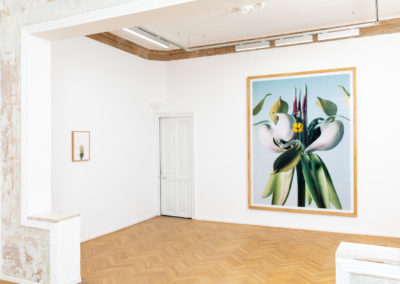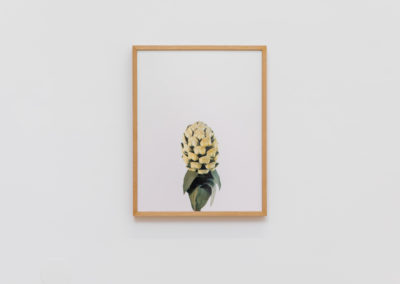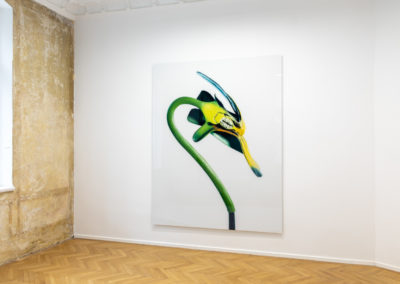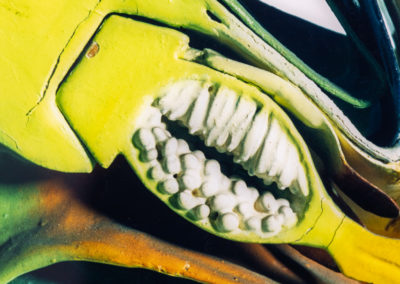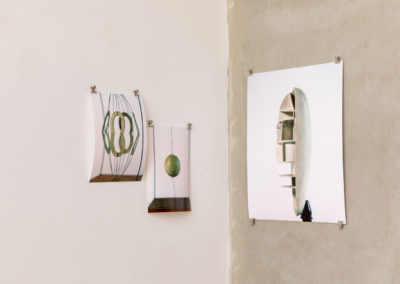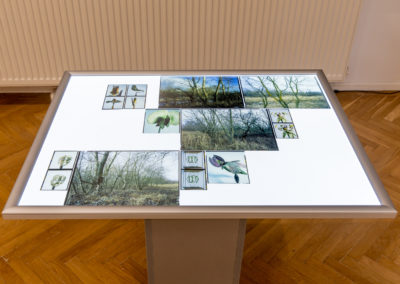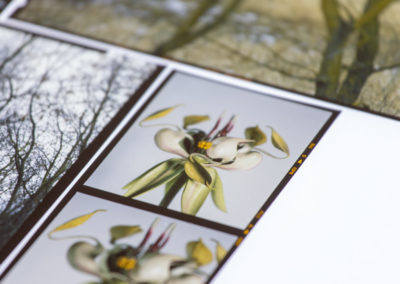Matei Bejenaru works with photography and experimental film, in long-term projects that explore both the poetics of imagery, as well as the social, documentary aspect of social shifts during the last 32 years in Eastern Europe. Matei Bejenaru’s works were part of important exhibitions in events and institutions such as Tate Modern London,49th Venice Biennial Venice, Museum Europäischer Kulturen, Berlin; The Drawing Room London, Taipei Biennial, Taiwan; Athens Biennial, Futura Art Center Prague and Prague Biennial 3, NGBK Berlin, Ludwig Museum, Budapest, The National Museum of Contemporary Art. His artistic commitment to reflect the post-communist condition by experimenting with social practices of art, has gradually developed towards an analysis of the medium of photography, of the possibilities to communicate within it through a visual language, while being considerate of the ethics of representation and agency of others. Matei Bejenaru is the founder of Periferic Biennial in Iasi, Romania. Established in 1997 as a performance festival, Periferic transformed into an international artist-run contemporary art biennial defined as a platform for discussions on the historical, socio-political, and cultural contexts of the city. With a group of artists and philosophers from Iasi, Bejenaru founded the Vector Association in 2001, a contemporary art institution that supported the local emerging art scene to become locally and internationally visible. Together with a group of artists and professors he founded in 2015 the Center of Contemporary Photography in Iasi and organizes the Camera Plus Biennial for Contemporary Photography.
Modele / Matei Bejenaru at Anca Poterasu Gallery
15.11 – 23.12.2022
Curated by Cristina Stoenescu
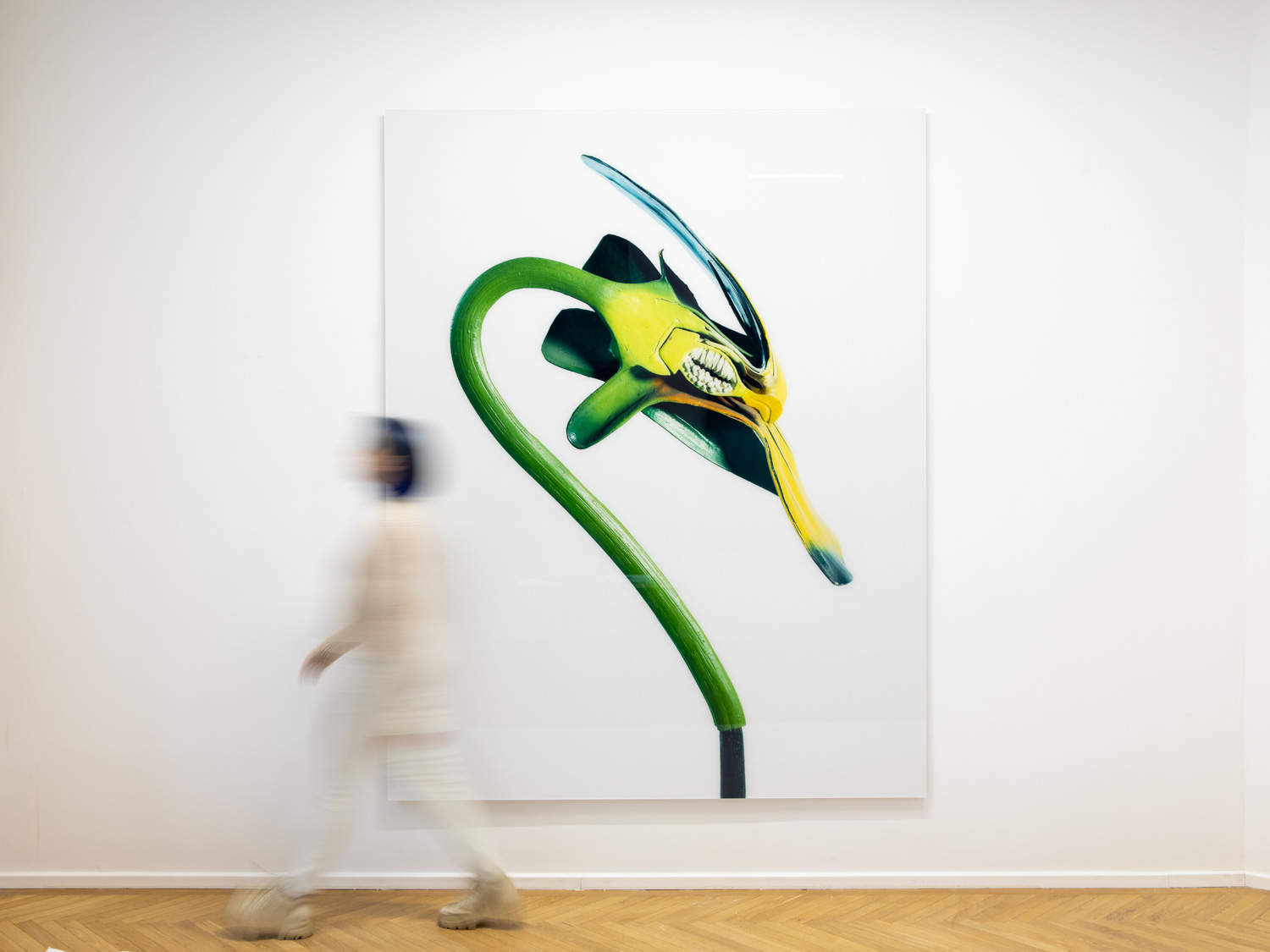
What the eye perceives, what the camera can sense: in the first show of the series ”Modele”, Matei Bejenaru approaches the direct relation between photography and reality, by confronting the viewer with the representation of a representation instead. The artist renders in his photographs images of plant models from the Faculty of Biology in Iasi, Romania, imported from the German Democratic Republic in the 1970s and 1980s, questioning the rapport between scientific images, art and the speculative fictions that may arise through the camera lens.
The exhibition can undergo a technical reading, according to the artist’s constant focus on the language of analogue photography, as well as a conceptual viewing, given the relationship with the photographed subjects – imitations of the natural world. A third perspective on the “Models” series occurs at the meeting point between science and art, between the real and the fantastic, connecting logical, analytical thread of the photographic technique and rational knowledge with that of the unknown, in mysterious and captivating worlds.
The artist tests the limits of photography on film, following textures, details, the construction of main and secondary planes of perspective. The image has depth, corporeality, as if light would follow the shapes of the petals. For example, in the work Model_02, the image moves from the three-dimensional plane of the curvature of the stem, in a gradual flattening of the sepals, along the floral axis, towards the petals and pistil. Tracing the transition in the transverse plane of a plant’s structure, the upper petal seems to becomes a brush of ink colour, in total abstraction. Matei Bejenaru crosses through the discursive spaces of photography, differentiated by Rosalind Krauss in her essays on the artistic nature of the medium, from representation to presentation, from the double of a reality to a plane of pure visuality.

The photographs lend a particular monumentalism to the plant structures, but distance themselves from Blossfeldt’s clinical, architecturally cold allure as seen in his images published in Urformen der Kunst (Art Forms in Nature). The “Models” series is striking precisely because of the variation of depth in perspective, the voluptuousness of the colours and the carnality rendered through the camera lens, which is more akin to the photography of Edward Weston, or Imogen Cunningham.
The works in the exhibition space seem to respond to a perhaps lesser-known reference to Blossfeldt’s images, this time published in the journal “Documents” in 1929-20, where they accompanied George Bataille’s essay “The Language of Flowers” on semiotic analysis. Both the scientific and aesthetic meanings of macro photographs are hijacked by Bataille’s philosophical text who blatantly states that “even the most beautiful flowers are spoiled in their centers” once their anatomy is explored. Matei Bejenaru does not idealize the form of the models represented in purely architectural structures, nor does he regard the sensuality or hidden eroticism of flowers as phenomena dissociated from the pleasure of the eye to perceive even bizarre and quasi-human forms as Bataille’s alternative suggests.
However, the artist responds to the surrealist impulse to make associations from the plane of the image in a mental space of all possibilities, to allow photography to insert precisely through an exact technology, unreal elements created by the difference in the relationship between nature perceived by the eye and nature perceived by the camera lens, in the words of Walter Benjamin.
Following this thread, it is only once one gets close to the details of the photograph that one can grasp the artificial nature of the plants depicted, again shifting perspectives in reading the images. Fine cracks, supporting structures, the plasticity of some petals aid in deciphering the sculptural models withing the photographs. These teaching tools have been widespread in Europe since the end of the 19th century, allowing a more accessible way of studying botany, than through the use of microscopes. Made of papier mâché, plaster, wax or wood, the models often represent spectacular, anatomical surveys of flowers, following the scientific fascination for detail, the classification of the natural world by means of taxonomy and the illusion of human control over the environment. (Models have contributed over time in European history not only to the understanding of particular botanical physiognomies, but also to the study of altering plant structures, either through the destruction of ecosystems in the so-called “flower hunt” or through the introduction of plant species in non-native habitats.)
Although the botanical models photographed showcase specimens of flowers that are specific both to continental Europe and to other regions of colonial history, Matei Bejenaru does not introduce information about these species of plants. No historical or scientific information is given as to why the models were created and distributed, nor are there details of the names or origins of the plants included in the titles of the works. Instead, they are given an overwhelming dimension in their physical presence within the gallery space, far beyond human stature, becoming landscapes or fantasies of our imagination. Beyond scientific experiments, delving into a deep unknown, we are only allowed to dream unto them, to imagine vestiges of these flowers, multiplying and extending into ever wider territories, forming the premises of a universe increasingly alien to us.
ARAC is a non-profit organization founded in June 2012, in order to produce and promote contemporary art in Romania and abroad. The initiative of the 58 Plantelor Residency belongs to Anca Poterasu, gallerist and ARAC President. The first edition of the Residency took place in 2015 and it was financed through a grant offered by Norway, Iceland, Liechtenstein and the Romanian Government.


